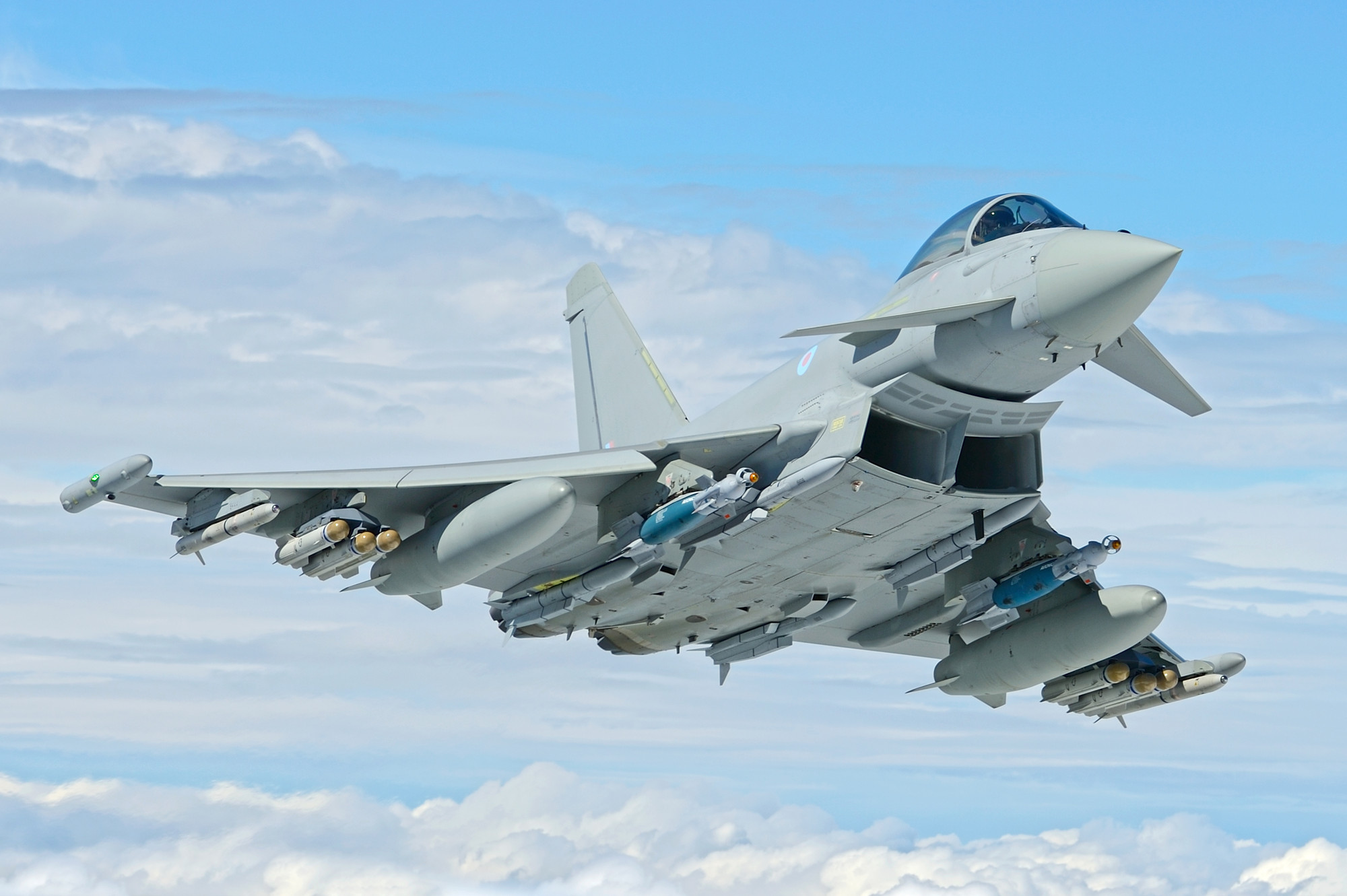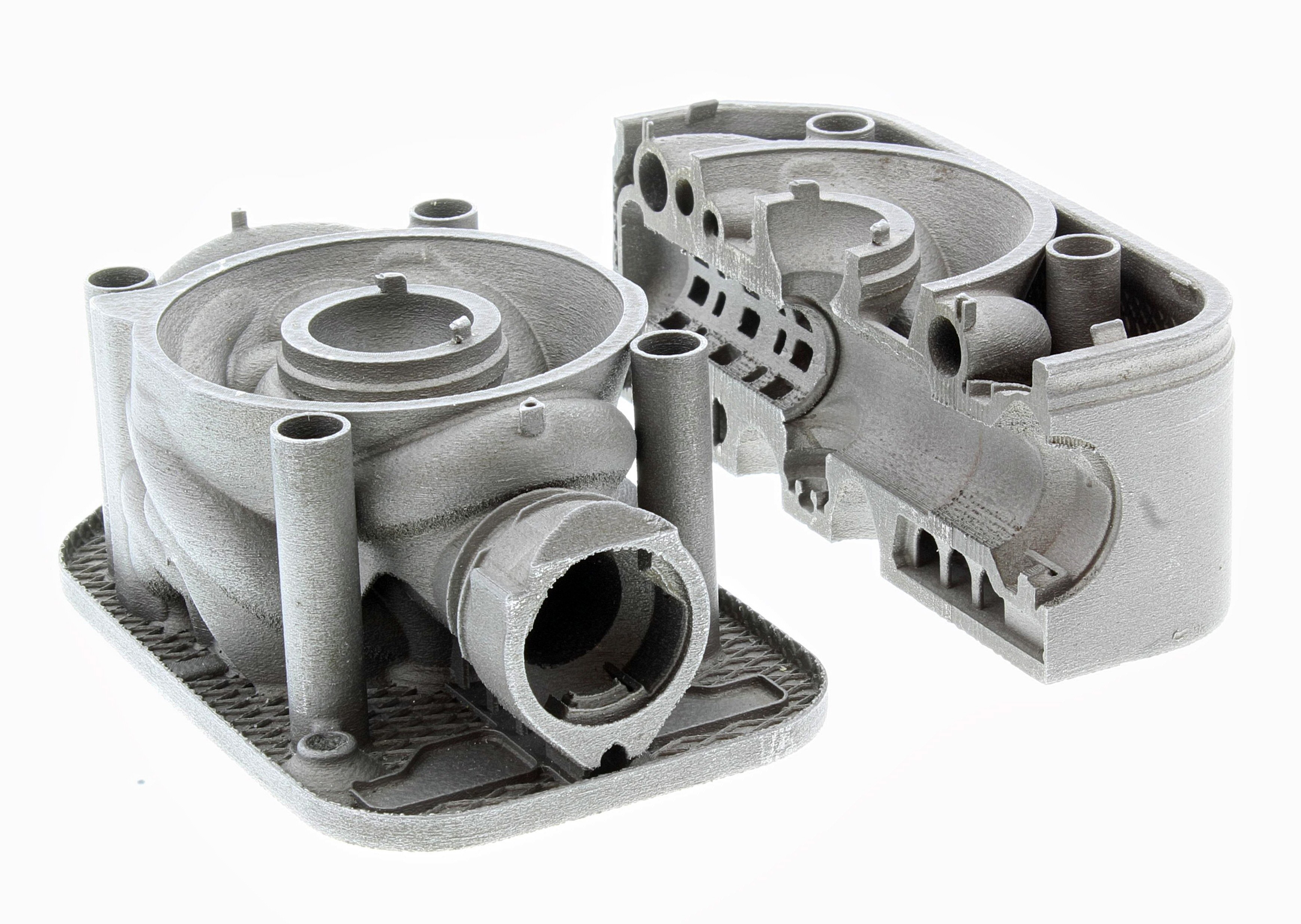Multinational aerospace company BAE Systems has signed a Memorandum of Understanding (MoU) with UK-based metal 3D printer manufacturer Renishaw to improve manufacturing processes for combat aircraft systems.
With the application of industrial 3D printing, this collaboration aims to improve performance, reduce costs and speed up the production of such aircraft systems, ultimately advancing novel technology in the defense and aerospace sector. Andy Schofield, Manufacturing & Materials Strategy and Technology Director for BAE Systems, explained:
“This agreement allows us to create a more open and collaborative environment to share ideas and knowledge. In an environment of fast-developing technology and challenged budgets, collaboration and innovation are absolutely essential in order to retain cutting edge capability. I’m really excited by the potential this partnership has to help us deliver that.”

BAE Systems and additive manufacturing
Headquartered in London, UK, BAE Systems develops and supports complex surface ships, combat vehicles, and security systems. According to Schofield, the company began researching additive manufacturing technologies over 20 years ago which has lead to the integration of 3D printed components within the Typhoon fighter aircraft. The BAE Systems Tempest aircraft, a next-generation future combat system, was also designed using rapid prototyping.
Most recently, BAE Systems selected Simufact Additive, a simulation software tool from California-based technology company, MSC, to reduce the number of building trials for its metal 3D printing processes. Leading 3D printer OEM Stratasys also deepened its collaboration with the company, whom it has been partnered with since 2006. As such BAE Systems was granted “increased access” to Stratasys’ developing 3D printing technologies and materials.
As a result of its latest agreement with Renishaw, the BAE Systems facility in Samlesbury, Lancashire, has installed several Renishaw additive manufacturing systems to form a 1000 square meter area dedicated to New Product Development & Process Development Centre (NPPDC). This includes Virtual Reality (VR) and metal 3D printing technologies for aircraft design and manufacture. Schofield added:
“Additive manufacturing has and will continue to deliver significant benefits to our sector. Renishaw is a world leader in additive manufacturing and we have been impressed with the quality of parts produced on its machines.”
Renishaw and the aerospace sector
Prior to this MoU, Renishaw has supported Frazer-Nash Manufacturing, a precision engineering service provider, to produce a novel aircraft tooling device for its customer Kwikbolt, using its Renishaw AM 400 3D printer. UK-based fluid power systems manufacturer Domin has also collaborated with Renishaw to redevelop some of its products, including high-performance direct drive servo valves.
In addition, the company has worked with Michigan-based Cobra Aero to optimize its design processes for aircraft and motorcycle engines. Upon the signing of the MoU with BAE Systems, Will Lee, Chief Executive, Renishaw, stated, “We have a great relationship already with BAE Systems, developed over many years through the application of our metrology products and have more recently worked with them on evaluating and understanding the performance envelope of our AM systems.”
“We are delighted that they have been impressed with our systems, and this, together with our vision for AM development, has led to the strengthening of our collaboration. We look forward to the exciting opportunities that this strategic collaboration presents to further develop AM technologies for demanding aerospace production applications.”

Subscribe to our 3D Printing Industry newsletter and follow us on Facebook and Twitter for more additive manufacturing news. Also, visit our 3D Printing Jobs board to find out more about opportunities in additive manufacturing.
Featured image shows a pilot boarding the cockpit of a Eurofighter Typhoon. Photo via BAE Systems.


